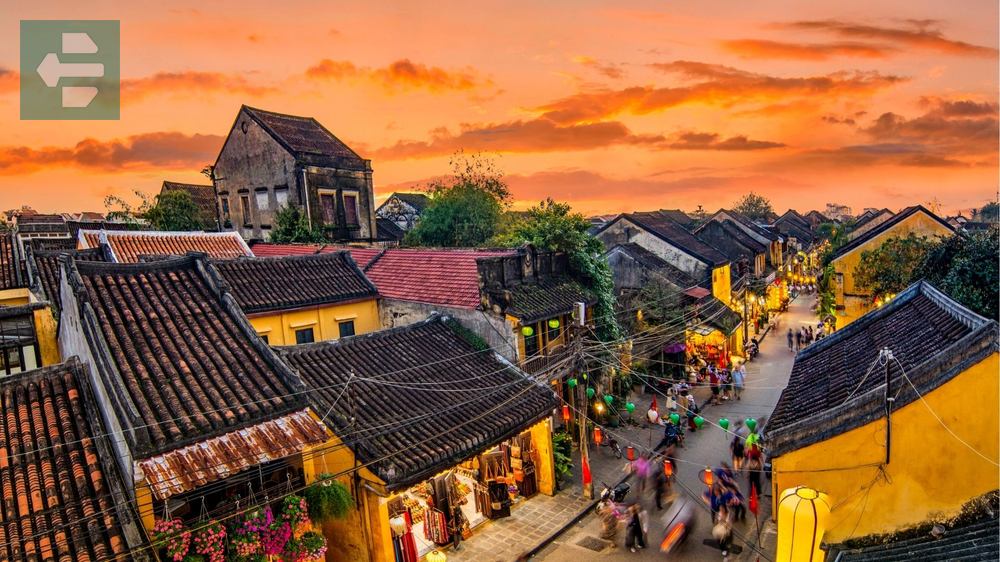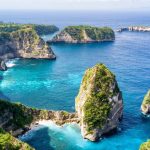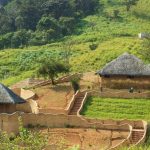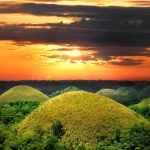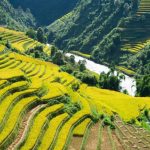Asia offers an extraordinary blend of ancient temples, bustling megacities, pristine beaches, and cultural treasures. The best places to travel Asia include Tokyo's neon-lit streets, Bali's volcanic landscapes, Bangkok's floating markets, and the Maldives' crystal waters.
Keep reading as we explore Asia's most captivating destinations that will transform your next adventure into an unforgettable journey.
List of Contents
- 1. Tokyo: Where Future Meets Tradition
- 2. Kyoto: Living Museum of Ancient Japan
- 3. Bali: Island of Living Art
- 4. Bangkok: Chaos with Purpose
- 5. Chiang Mai: Mountain Soul of Thailand
- 6. Singapore: Garden Metropolis
- 7. Hong Kong: Vertical Village
- 8. Beijing: Imperial Grandeur Preserved
- 9. Seoul: Digital Dynasty
- 10. Jeju Island: Korea's Natural Paradise
- 11. Mekong Delta: Vietnam's Rice Bowl
- 12. Ha Long Bay: Emerald Waters, Limestone Dreams
- 13. Hoi An: Lantern-Lit Time Capsule
- 14. Jaipur: Pink City Majesty
- 15. Maldives: Scattered Paradise
- Your Asian Adventure Awaits
1. Tokyo: Where Future Meets Tradition
Tokyo moves at light speed, yet preserves moments of perfect stillness. You can witness both in a single morning—watching salarymen rush through Shibuya Crossing, then finding zen in a hidden temple garden just blocks away.
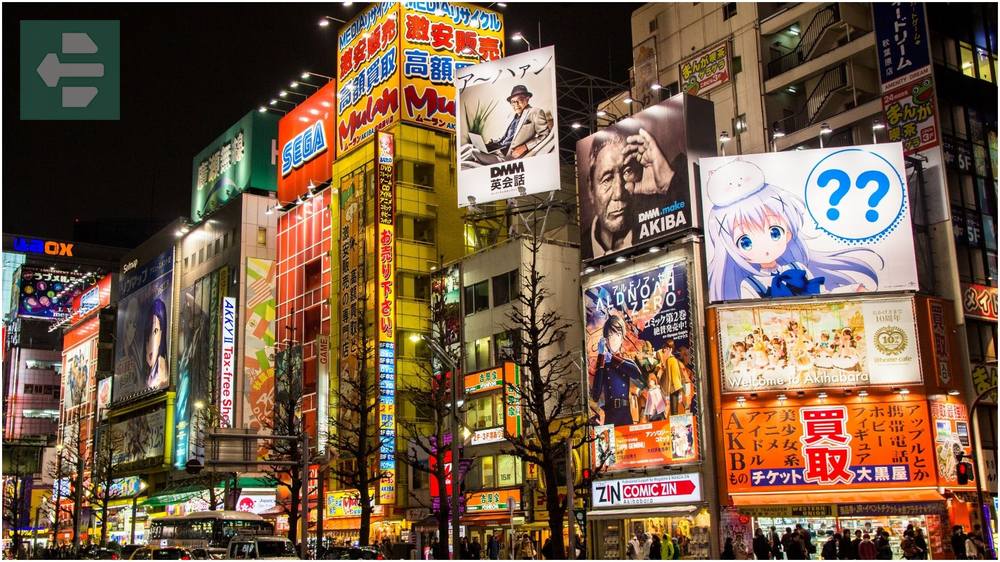
I remember standing in Meiji Shrine at dawn, surrounded by towering cedars while the city hummed beyond the trees. The contrast felt surreal yet completely natural.
Skip the tourist-packed districts during lunch hours. Local workers know the best ramen shops open at 11:30 AM sharp—arrive early and follow the lines.
Quick Facts:
- Peak Season: March-May, October-November
- How to Get There: Narita or Haneda Airport
- Entrance Fees: From free (temples) to $30 (Tokyo Skytree)
- Suggested Stay: 4-5 days
- Key Areas: Shibuya, Shinjuku, Asakusa, Harajuku
2. Kyoto: Living Museum of Ancient Japan
Kyoto houses over 2,000 temples and shrines, each telling stories spanning 1,200 years. The city rewards early risers—Fushimi Inari's vermillion torii gates stand empty at 6 AM, creating an almost mystical experience.
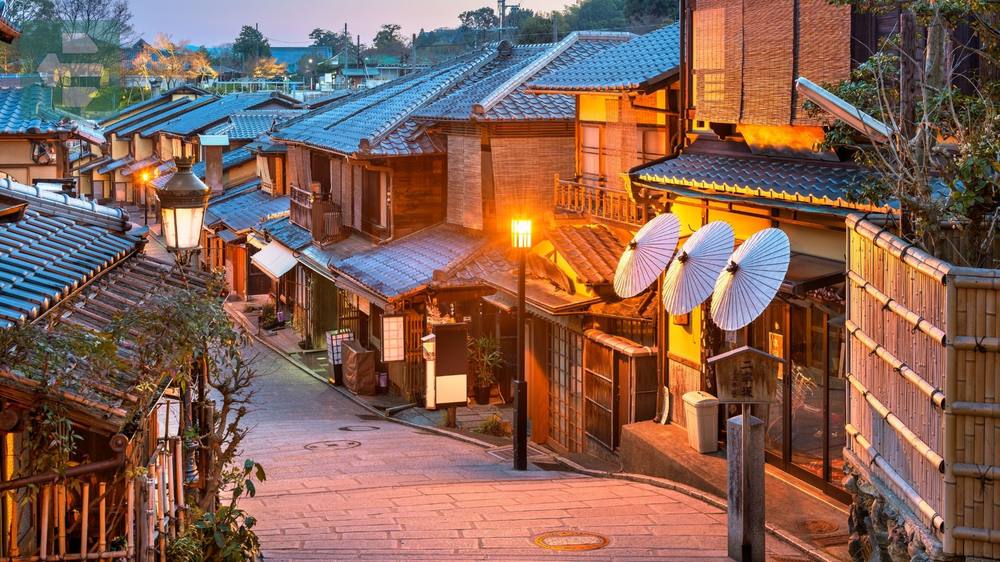
Geishas still walk these streets at dusk, their wooden sandals clicking against stone paths unchanged for centuries.
The bamboo groves of Arashiyama whisper in languages tourists never hear. Visit during weekday mornings when only locals pass through.
Quick Facts:
- Peak Season: March-May, October-November
- How to Get There: Kansai Airport, then train
- Entrance Fees: From free (most temples) to $10 (Golden Pavilion)
- Suggested Stay: 3-4 days
- Key Areas: Gion, Arashiyama, Fushimi, Higashiyama
3. Bali: Island of Living Art
Bali's 20,000 temples dot landscapes carved by volcanic forces and human devotion. Rice terraces cascade down mountainsides like giant green staircases, while Hindu ceremonies fill the air with incense and prayer.
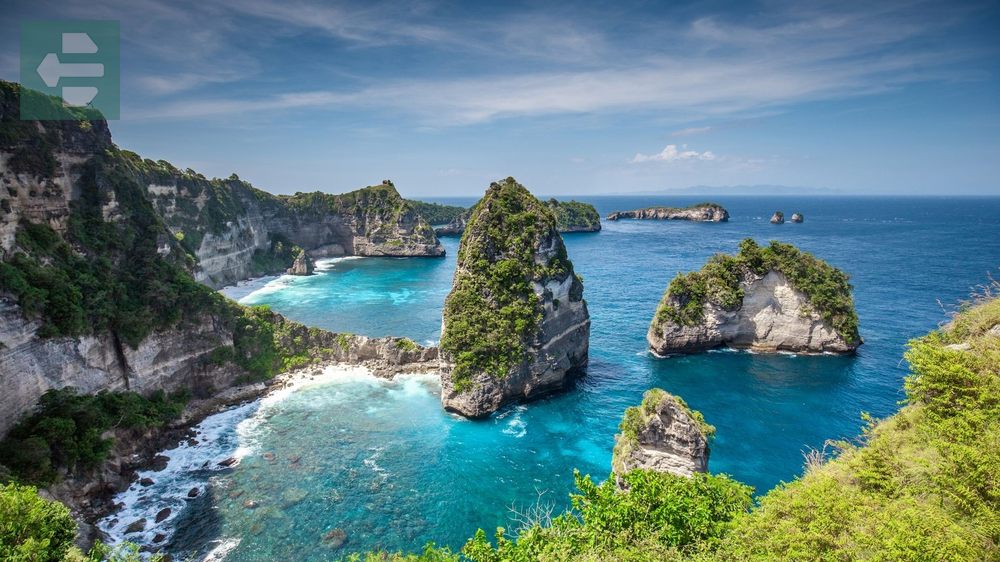
You haven't experienced Bali until you've watched sunrise from Mount Batur's crater rim, clouds rolling beneath your feet like ocean waves.
Local warung owners serve the island's best nasi goreng—look for places where motorbikes cluster at meal times.
Quick Facts:
- Peak Season: April-October
- How to Get There: Ngurah Rai International Airport
- Entrance Fees: From free (beaches) to $15 (volcano treks)
- Suggested Stay: 7-10 days
- Key Areas: Ubud, Seminyak, Canggu, Uluwatu
4. Bangkok: Chaos with Purpose
Bangkok pulses with organized chaos—tuk-tuks weave between golden temples while street vendors serve meals that shame five-star restaurants. The Chao Phraya River cuts through it all like a liquid highway.
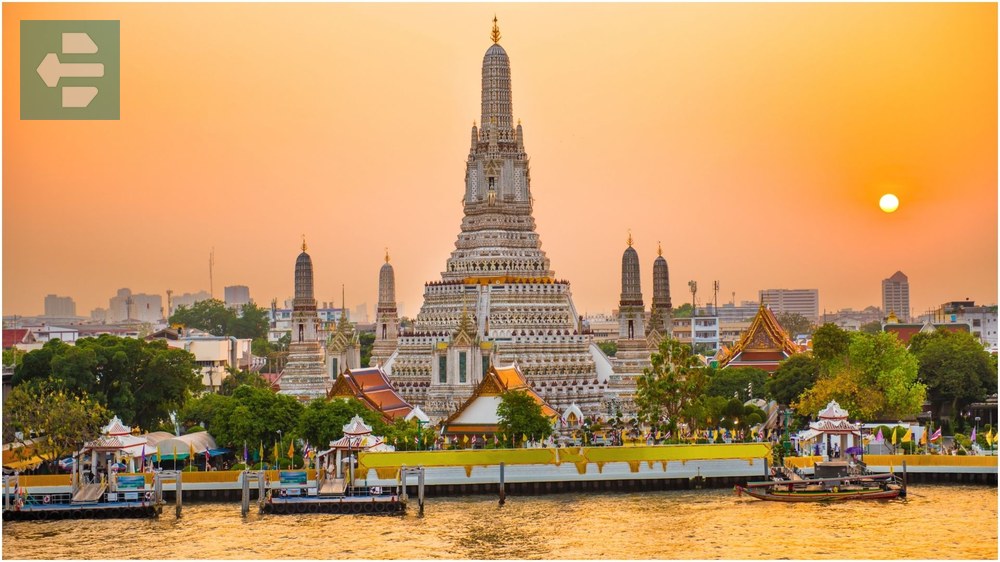
At Wat Pho, I watched monks in saffron robes tend to a 150-foot golden Buddha, their quiet devotion a stark contrast to the city's relentless energy outside.
Navigate like locals do: use the BTS Skytrain during rush hour, but explore narrow alleys on foot where real Bangkok lives.
Quick Facts:
- Peak Season: November-March
- How to Get There: Suvarnabhumi or Don Mueang Airport
- Entrance Fees: From free (markets) to $8 (Grand Palace)
- Suggested Stay: 3-4 days
- Key Areas: Old Town, Chinatown, Khao San Road, Chatuchak
5. Chiang Mai: Mountain Soul of Thailand
Chiang Mai unfolds in layers—ancient Lanna walls encircle over 300 temples, while surrounding mountains hide hill tribes maintaining traditions older than the city itself. The pace here runs on temple bells, not traffic lights.
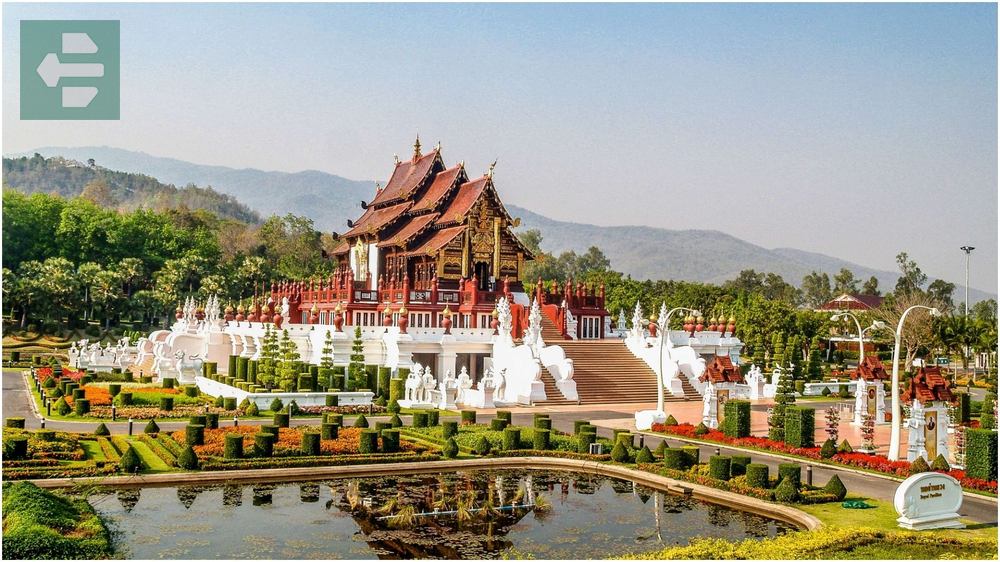
Sunday nights transform the old city into a walking market where local artisans sell handmade goods under paper lanterns.
Join monks for morning alms giving at 6 AM. Locals prepare offerings the night before—follow their lead for a respectful experience.
Quick Facts:
- Peak Season: November-February
- How to Get There: Chiang Mai International Airport
- Entrance Fees: From free (temples) to $25 (elephant sanctuaries)
- Suggested Stay: 4-5 days
- Key Areas: Old City, Nimman, Doi Suthep, San Kamphaeng
6. Singapore: Garden Metropolis
Singapore proves cities can breathe. This island nation transformed from trading post to garden metropolis in 60 years, creating spaces where orchids bloom alongside skyscrapers and hawker stalls serve world-class cuisine.
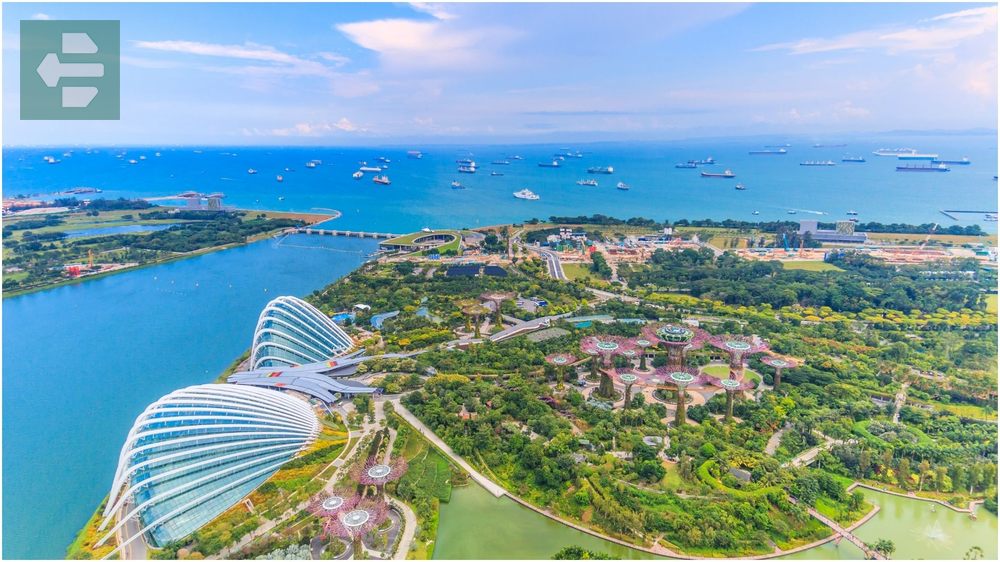
Gardens by the Bay feels like stepping into a science fiction novel where nature and technology dance together under artificial trees that light up the night sky.
Eat where locals queue—Newton Food Centre gets crowded for good reason, but Lau Pa Sat offers similar quality with better seating.
Quick Facts:
- Peak Season: February-April
- How to Get There: Changi Airport
- Entrance Fees: From free (Gardens by the Bay outdoor) to $20 (Cloud Forest)
- Suggested Stay: 3-4 days
- Key Areas: Marina Bay, Chinatown, Little India, Orchard Road
7. Hong Kong: Vertical Village
Hong Kong rises vertically from Victoria Harbour, cramming 7.5 million people onto 427 square miles of land. Yet somehow, it maintains pockets of tranquility—traditional dim sum parlors tucked between gleaming towers.

The Symphony of Lights transforms the harbor into theater every night at 8 PM, when skyscrapers become performers in a coordinated light show.
Take the Star Ferry across Victoria Harbour instead of the subway—this century-old ride costs pennies and offers million-dollar views.
Quick Facts:
- Peak Season: October-December
- How to Get There: Hong Kong International Airport
- Entrance Fees: From free (Peak Tram viewing) to $15 (Ocean Park)
- Suggested Stay: 3-4 days
- Key Areas: Central, Tsim Sha Tsui, Mong Kok, Victoria Peak
8. Beijing: Imperial Grandeur Preserved
Beijing guards 3,000 years of history within ring roads that expand like ripples from the Forbidden City. Hutongs—narrow alleys dating to the 13th century—still snake between ancient courtyard homes where families have lived for generations.
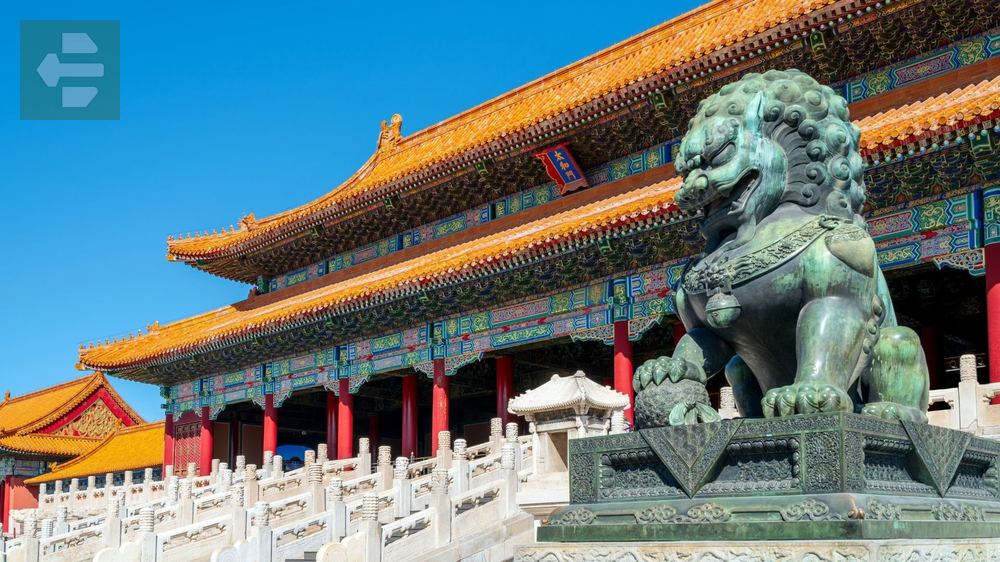
Walking the Great Wall at Mutianyu section during winter, I understood why emperors believed they could touch heaven from these ramparts. The silence up there feels absolute.
Avoid Wangfujing's tourist restaurants. Instead, follow office workers to basement food courts in shopping malls for authentic Beijing cuisine.
Quick Facts:
- Peak Season: April-May, September-October
- How to Get There: Beijing Capital or Daxing International Airport
- Entrance Fees: From $8 (Forbidden City) to $25 (Great Wall cable car)
- Suggested Stay: 4-5 days
- Key Areas: Forbidden City, Hutongs, Temple of Heaven, Great Wall
9. Seoul: Digital Dynasty
Seoul rewrites itself daily while honoring traditions spanning millennia. Bukchon Hanok Village preserves 600-year-old wooden houses, while Gangnam District pulses with K-pop energy and technological innovation that shapes global trends.
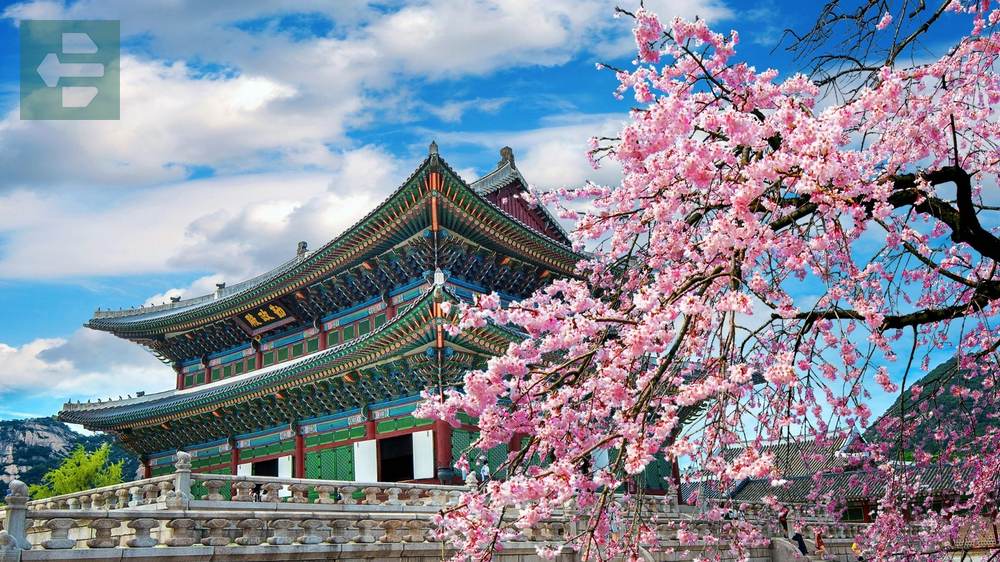
In Myeongdong, street food vendors work like culinary artists, transforming simple ingredients into flavors that explain Korea's rising cultural influence.
Shop and eat like Seoulites do—department store basement food courts offer restaurant-quality meals at fraction of tourist prices.
Quick Facts:
- Peak Season: April-June, September-November
- How to Get There: Incheon International Airport
- Entrance Fees: From free (Cheonggyecheon stream) to $15 (palaces)
- Suggested Stay: 4-5 days
- Key Areas: Gangnam, Myeongdong, Hongdae, Bukchon
10. Jeju Island: Korea's Natural Paradise
Jeju Island emerged from volcanic eruptions to become Korea's tropical escape. Hallasan mountain dominates the center while lava tube caves tunnel beneath black sand beaches. Women divers called haenyeo still harvest seafood using breath-holding techniques passed down for centuries.
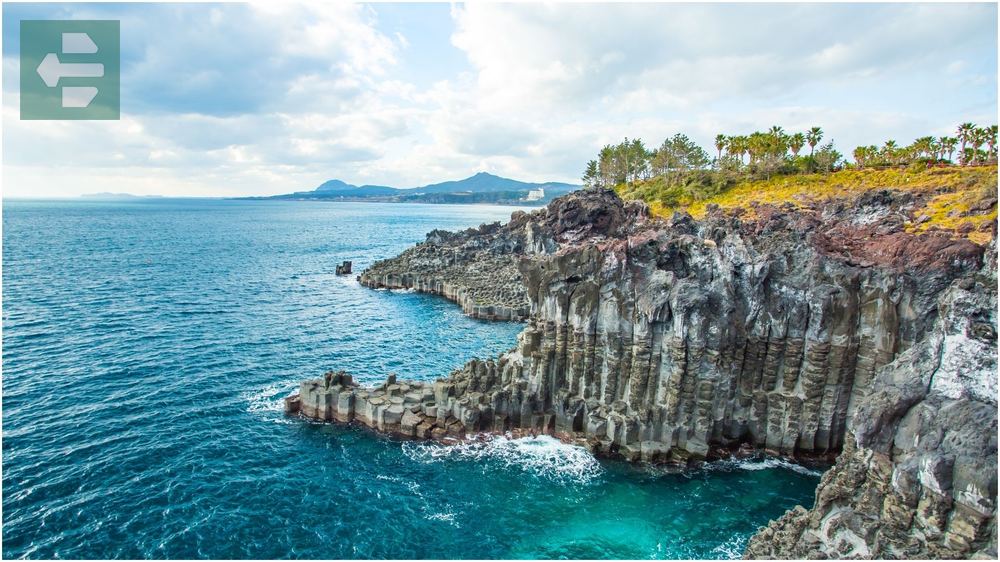
Sunrise from Seongsan Peak illuminates why Jeju earned UNESCO World Heritage status—the crater lake reflects sky and clouds like a mirror to heaven.
Rent a car and drive the coastal road counterclockwise. Locals avoid the crowded eastern beaches, preferring hidden coves on the western shore.
Quick Facts:
- Peak Season: April-May, September-October
- How to Get There: Jeju International Airport
- Entrance Fees: From free (beaches) to $8 (Hallasan National Park)
- Suggested Stay: 3-4 days
- Key Areas: Seongsan Peak, Hallasan, Manjanggul Cave, Jungmun Beach
11. Mekong Delta: Vietnam's Rice Bowl
The Mekong Delta spreads like green fingers across southern Vietnam, where rivers become highways and floating markets serve breakfast from boats. Life here follows water levels and rice cycles unchanged for generations.
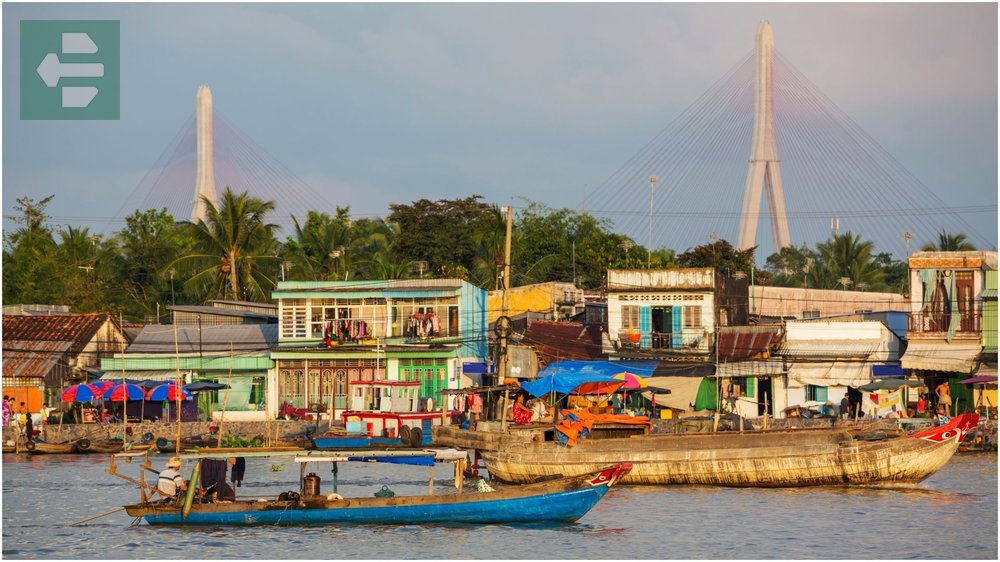
Paddling through Can Tho's narrow channels at dawn, I watched farmers tend fields that feed half the country while herons fished in irrigation canals older than memory.
Book homestays in traditional stilt houses. Local families serve meals featuring fish caught that morning and vegetables picked from gardens behind their homes.
Quick Facts:
- Peak Season: December-April
- How to Get There: Fly to Ho Chi Minh City, then bus/boat
- Entrance Fees: From free (markets) to $20 (boat tours)
- Suggested Stay: 2-3 days
- Key Areas: Can Tho, Chau Doc, Ben Tre, Cai Rang Floating Market
12. Ha Long Bay: Emerald Waters, Limestone Dreams
Ha Long Bay scatters 1,600 limestone pillars across emerald waters like giants' chess pieces abandoned mid-game. UNESCO protected these karst formations created over 500 million years of geological patience.
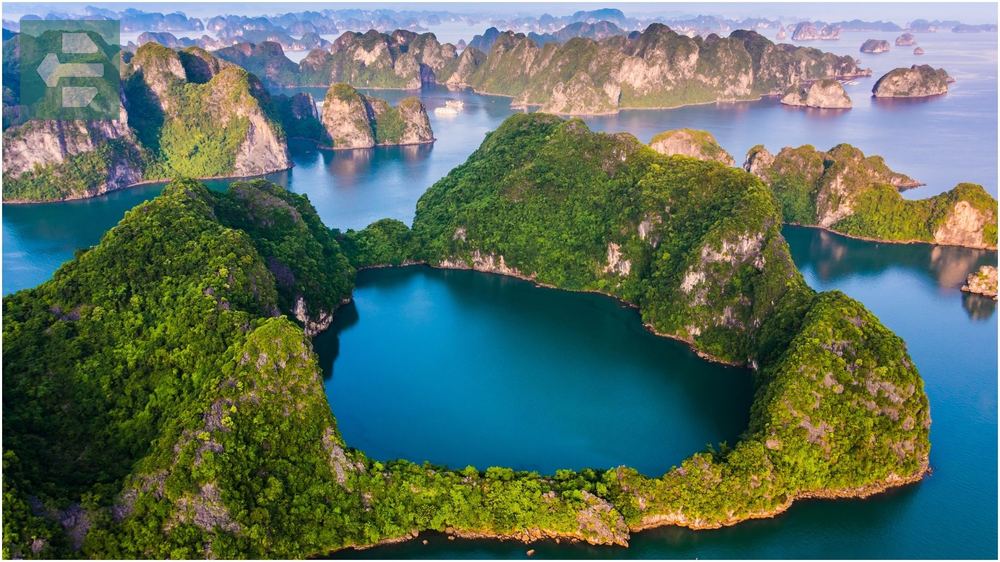
Watching sunrise from a junk boat deck, mist rising between ancient towers, I understood why Vietnamese legend claims dragons carved this landscape with their tails.
Choose overnight cruises departing Tuesday through Thursday—weekends bring crowds that diminish the bay's mystical atmosphere.
Quick Facts:
- Peak Season: October-April
- How to Get There: Hanoi (3.5 hours by bus), then boat
- Entrance Fees: From $25 (day cruise) to $150 (luxury overnight)
- Suggested Stay: 2-3 days
- Key Areas: Cat Ba Island, Sung Sot Cave, Ti Top Island, Floating Villages
13. Hoi An: Lantern-Lit Time Capsule
Hoi An preserves 15th-century merchant quarter beauty along Thu Bon River, where Chinese shop houses stand beside Japanese covered bridges. Every full moon, electric lights surrender to silk lanterns that transform narrow streets into floating dreams.
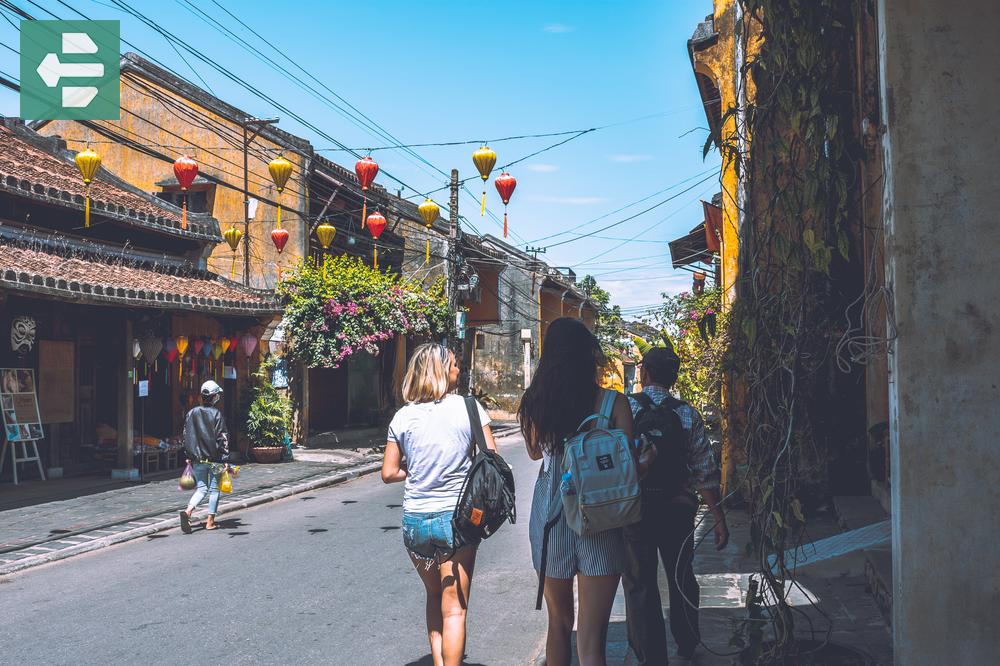
Cycling through rice paddies surrounding the ancient town, I met farmers who described seasonal flooding patterns their grandfathers taught them—knowledge more reliable than weather forecasts.
Visit tailor shops before 10 AM when master craftsmen work on custom pieces. Tourist-focused shops open later and rush orders.
Quick Facts:
- Peak Season: February-May
- How to Get There: Da Nang Airport (45 minutes), then taxi/bus
- Entrance Fees: From $5 (Ancient Town ticket) to $15 (cooking classes)
- Suggested Stay: 2-3 days
- Key Areas: Ancient Town, An Bang Beach, Tra Que Village, Japanese Bridge
14. Jaipur: Pink City Majesty
Jaipur earned its “Pink City” nickname from terra cotta buildings that glow like sunset throughout the Rajasthani capital. Maharajas' palaces showcase architectural grandeur while spice markets assault senses with colors bright enough to stain the sky.
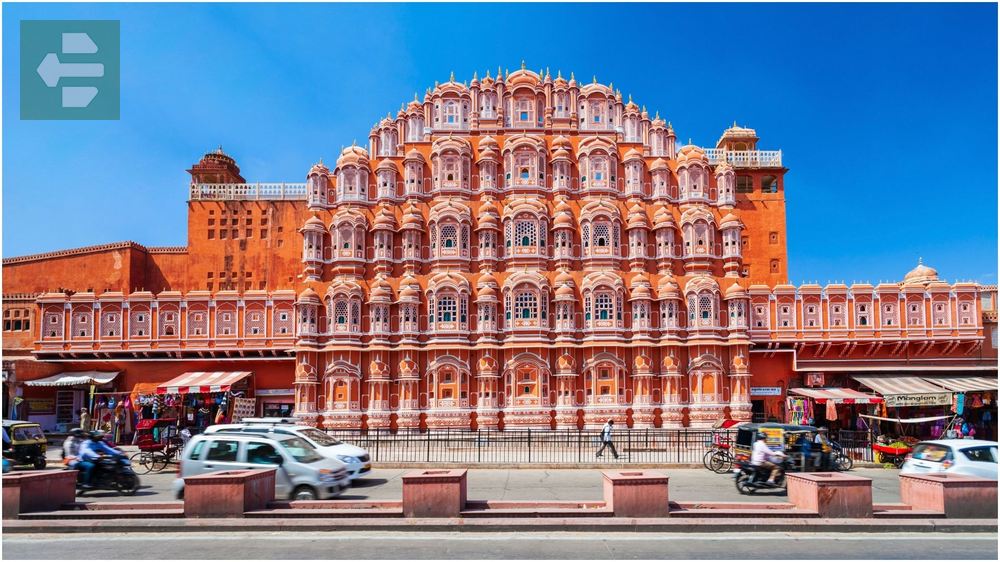
At Amber Fort, elephant rides up sandstone ramps follow routes taken by royal processions 400 years ago—history you can still touch and smell.
Shop in local bazaars during evening hours when temperatures drop and vendors offer their best prices for day-end sales.
Quick Facts:
- Peak Season: October-March
- How to Get There: Jaipur International Airport or Delhi (5 hours by train)
- Entrance Fees: From $3 (City Palace) to $12 (Amber Fort)
- Suggested Stay: 2-3 days
- Key Areas: City Palace, Amber Fort, Hawa Mahal, Johari Bazaar
15. Maldives: Scattered Paradise
The Maldives scatters 1,192 coral islands across the Indian Ocean like turquoise jewels dropped from heaven's jewelry box. Only 200 islands support human life, creating exclusive pockets of paradise where whale sharks glide beneath overwater bungalows.
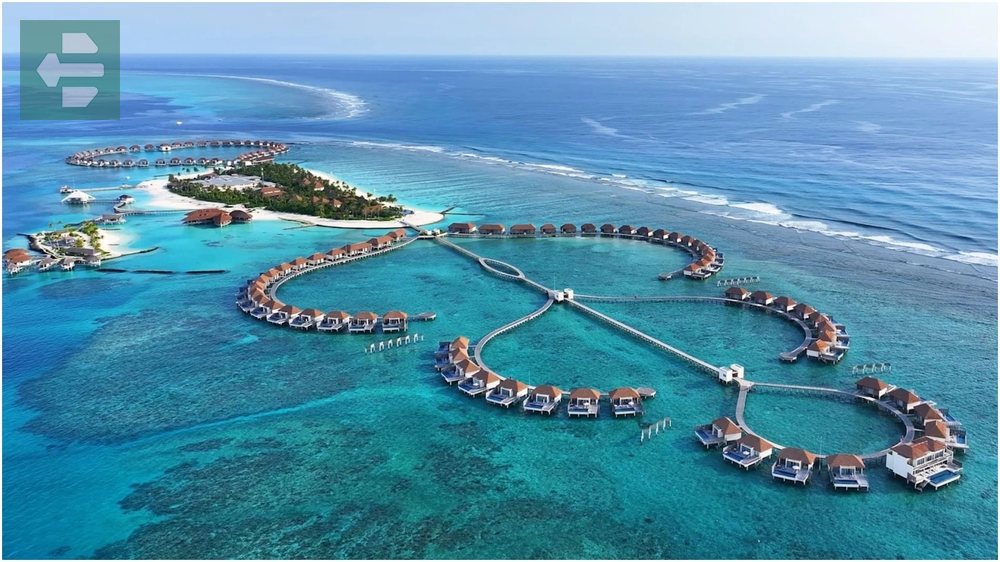
Snorkeling in Ari Atoll, I floated above coral gardens where parrotfish painted the reef with living rainbows—nature's masterpiece requiring no museum walls.
Book seaplane transfers during daylight hours. The aerial view of ring-shaped atolls reveals why Maldivian sailors became master navigators centuries before GPS existed.
Quick Facts:
- Peak Season: November-April
- How to Get There: Malé International Airport, then seaplane/speedboat
- Entrance Fees: Resort-dependent, from $200/night
- Suggested Stay: 4-7 days
- Key Areas: North Malé Atoll, South Ari Atoll, Baa Atoll, Lhaviyani Atoll
Your Asian Adventure Awaits
Asia's best places to travel offer more than destinations—they provide transformations. Each country reshapes perspectives through ancient wisdom and modern innovation.
Pack light but dream big. Your passport becomes a key to 15 different worlds, each promising experiences that will rewrite your definition of adventure.
The temples are waiting. The mountains are calling. The beaches are whispering your name.
Your Asian journey starts with a single step toward the departure gate.
